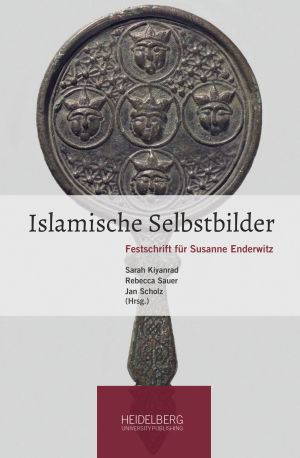How to Cite
License (Chapter)

This work is licensed under a Creative Commons Attribution-ShareAlike 4.0 International License.
Identifiers (Book)
Published
Eunuch and Scholar – Two Ways to be ‘Indian’
Socio-Cultural Significances of the Category ‘al-Hindī ’ in the Late Mamlūk Period
Abstract From the late fourteenth to the fifteenth centuries an increased migration of ‘Indians’ (al-Hindīyūn) to the Hijaz is observable due to Jidda’s emergence as a major entrepôt in the ‘India trade’ between Mamlūk Egypt and various regions of South Asia. Besides merchants and muǧāwirūn (students and ascetics living in the vicinity of a mosque), most of the arrivals continue their journey onwards to Cairo and beyond, seeking knowledge (ṭalab al-ʿilm) along the intricate webs and networks of transregional scholarship. At the same time, ‘Indians’ were mentioned among the four ethnicities that were recruited to serve as eunuchs (ṭawāšīyūn, ḫuddām) at the Mamlūk court.
The period’s biographical dictionaries and chronicles refer to these migrants with the generic term ‘al-Hindī’ as a regional description that basically states the place of origin. However, beyond this nominal attachment, there were at least two distinct ways of being ‘Indian’ in the late Mamlūk period. Significantly, due to the profile of these narrative sources, an ‘Indian’ Selbstbild never emerges from these sources. I will argue in the following article that being ‘Indian’ was constructed as a Fremdbild within the scholarly discourse of a proliferating historiography. Such forms of ‘othering’ could play out differently. While eunuchs, on the one hand, rose to serve the highest echelons of political power, any former ethnic identity was lost in the narrative of these historiographical texts. Scholars, on the other hand, were integrated into a taxonomy of scholarly rank and merit, and thereby subjected to a distinct form of classification and othering. The assimilation into the ‘biographical templates’ of these narrative texts presents various examples of how authors perceived ‘ethnic difference’ and constructed the category al-Hindī as a complex situational marker of cultural identity.
Keywords Mamluks, Eunuchs, Scholars, Indians




